Call or Text
801-438-4793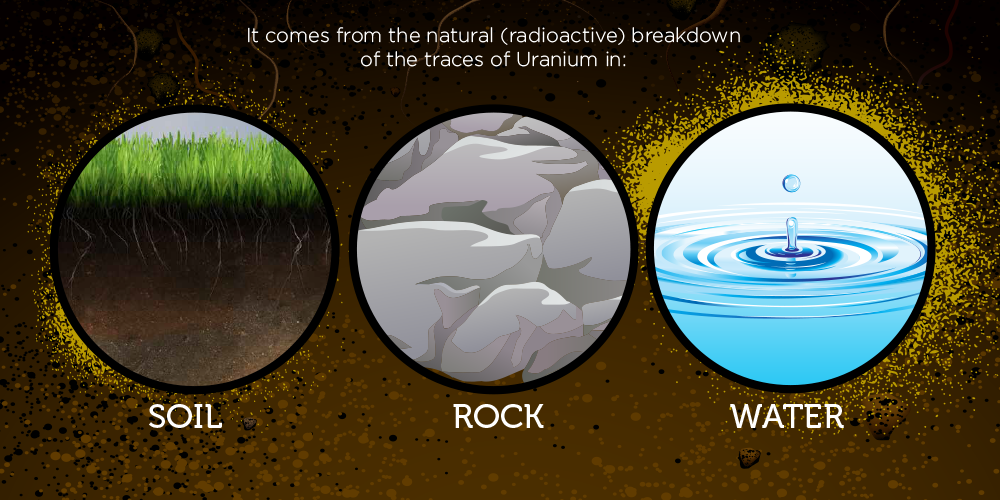
How Does a Reverse Osmosis Water Purifier Work?
August 30, 2018
Are you worried about what’s in your water? If you are, one of the most common ways to make sure the water you drink is free of contaminants is to install a reverse osmosis (RO) water purifier. It removes a number of things from your water, but how does it work? Here’s a basic overview of how an RO system works and what it can do for your home.
What Does a Reverse Osmosis System Remove?
While your water is treated by your municipality, there are a number of contaminants that could still be lurking in your tap. An RO system can give you peace of mind and remove a variety of contaminants from your water, including:
- Crypto
- Giardia
- Salmonella
- E. coli
- Sodium
- Chloride
- Lead
- Arsenic
- Fluoride
- Calcium
- Magnesium
- Potassium
RO systems are not to be confused with water softeners, which remove different things from your water.
How Is an RO System Different From a Water Softener?
While an RO system removes the same things that a water softener does, it is not the same system. A water softener works by removing the hard minerals and replacing them with softer minerals like sodium or potassium. They soften the water throughout your whole home. Some of the benefits of softened water include:
- Fewer hard water stains
- Softer skin and hair
- Large appliances that use water have a longer lifespan
- Less mineral build-up in pipes
An RO system only removes the water that flows through the tap the system is connected to. However, not only does it remove calcium and magnesium, the minerals that make water hard, it also removes any sodium a softener adds to your water and then some.
In fact, a water softener can actually extend the lifespan of the filters in an RO system. Calcium and magnesium can build up in the reverse osmosis membrane. The minerals in hard water can build up in the filters of your RO system, so a water softener can keep your RO system lasting longer. Learn more about the differences between water softeners and water purifiers.
Advantages of an RO System
There are a number of advantages to a water softener, but RO systems have their share of advantages too! A good RO system can:
- Remove harmful contaminants from your water
- Prevent hard water stains when cleaning with RO-purified water
- Provide great-tasting water
- Remove odors and discoloration from your water
- Take up little space under the sink
- Require little maintenance
How Do You Maintain Your RO System?
Keeping your RO system running properly is easy! All you have to do is replace the filters and membranes on a regular basis to keep it working. As a general rule, you’ll want to replace the carbon filters every six months and the reverse osmosis membrane every two years.
If you find that your water pressure is dropping or something isn’t working right, you may need to change your filter more often. If even after you’ve changed the filter you’re finding a problem, give us a call, and we’ll come inspect your system.
Do I Need a Reverse Osmosis System?
If you’re worried about what’s in your water or don’t like the taste of your tap water, your home may benefit from a reverse osmosis water purifier. If you want to learn more about what could be in your tap, give us a call for a free home water evaluation.
If you want to learn more about water purification, you can read more here.
The post How Does a Reverse Osmosis Water Purifier Work? appeared first on Superior Water & Air.
Recent News
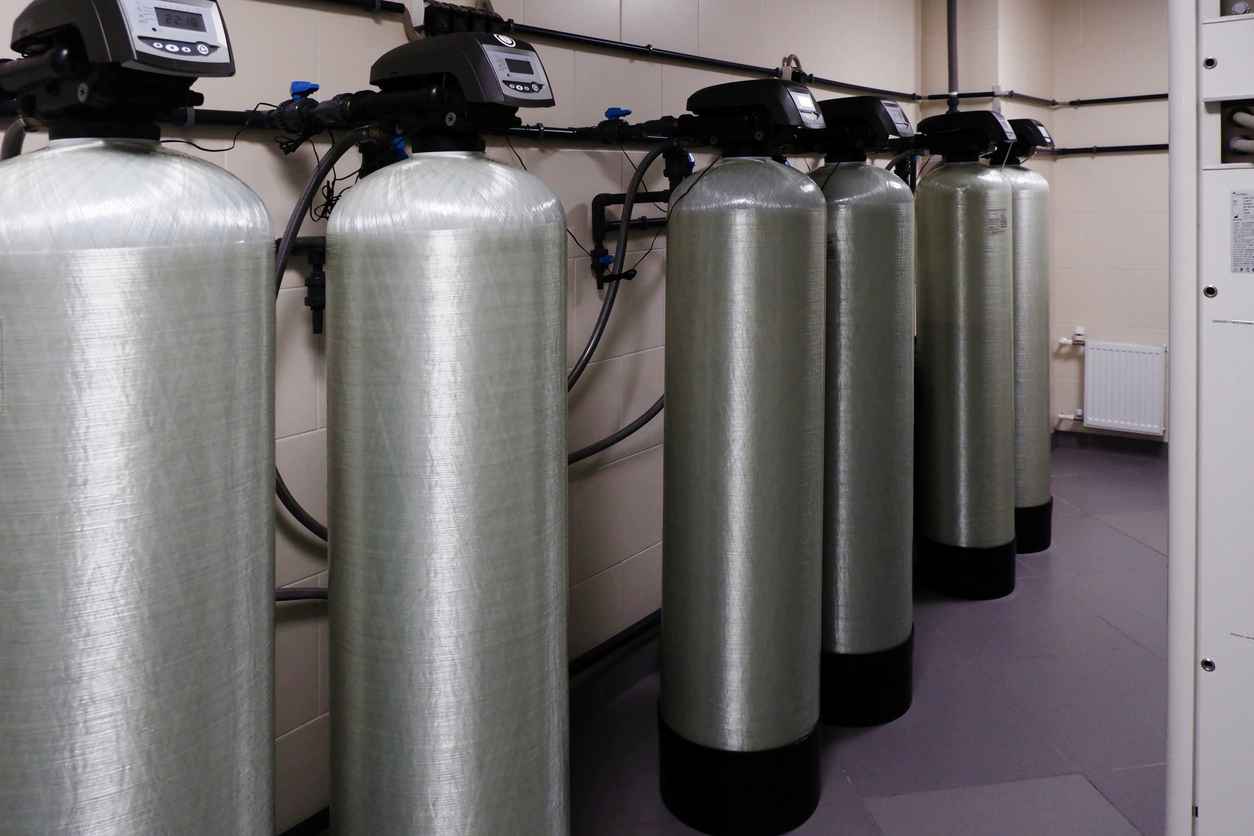
Do You Need a Water Softener? How to Tell & How You Benefit
May 29, 2025
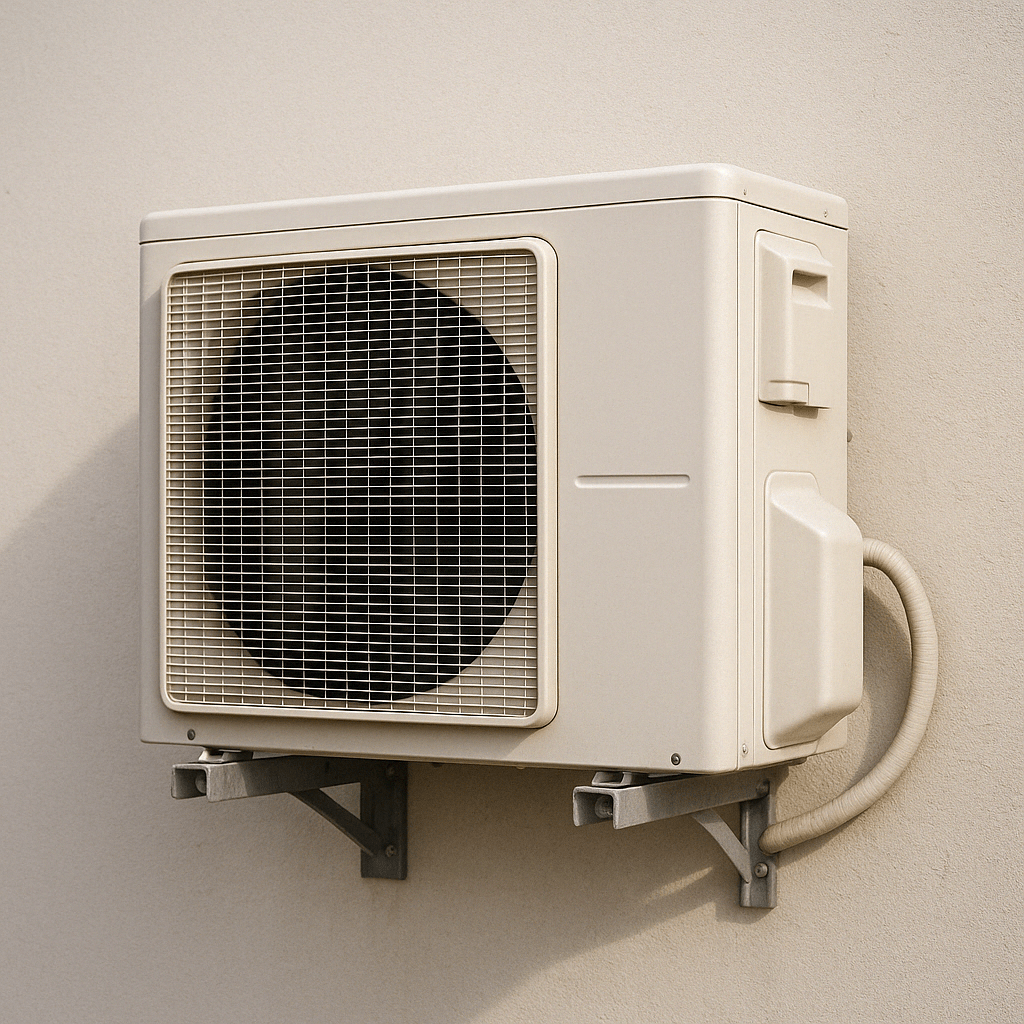
Get Your Air Conditioner Ready for the Summer with Superior Water & Air
April 21, 2025
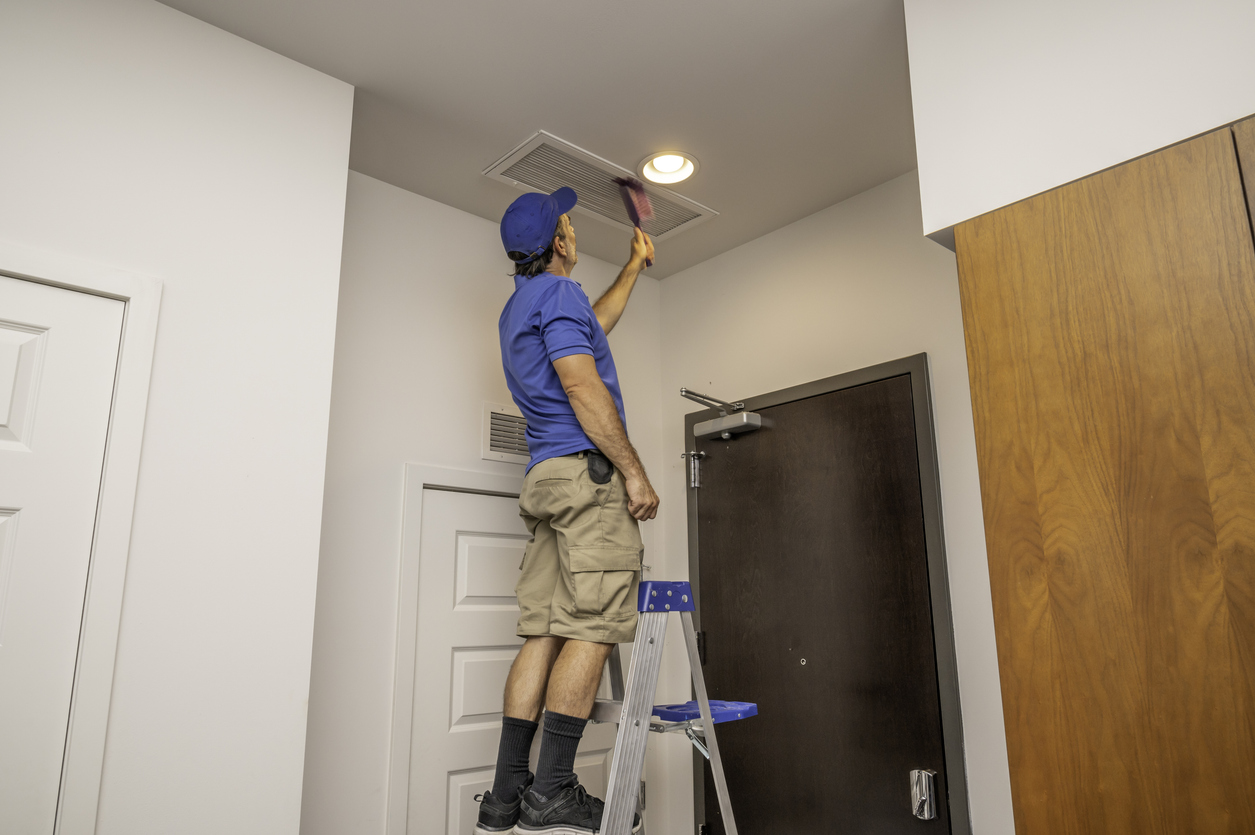
Why You Need the Air Ducts Cleaned in Your Home: Benefits & More
April 3, 2025
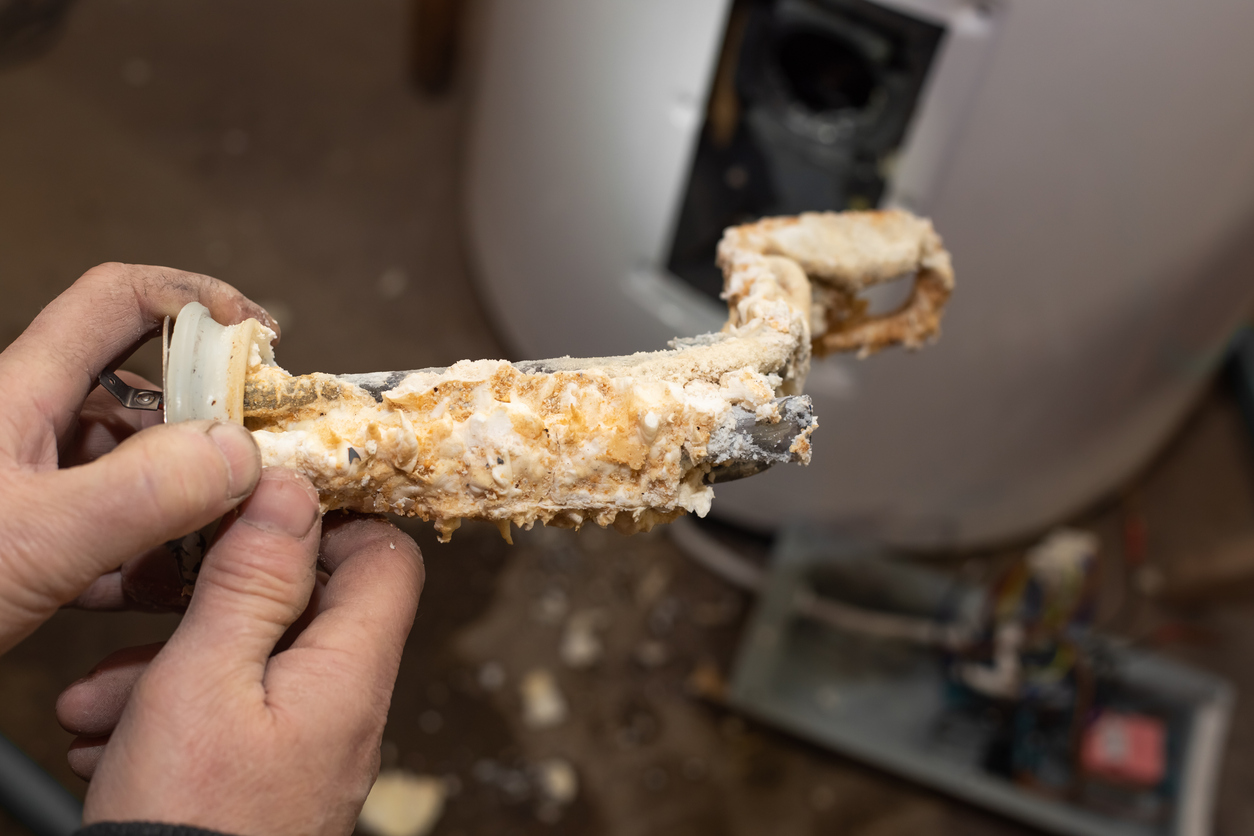
How to Determine Water Hardness & Treat Effectively
February 25, 2025

How to Save On Your Heating Bill During Winter
February 10, 2025
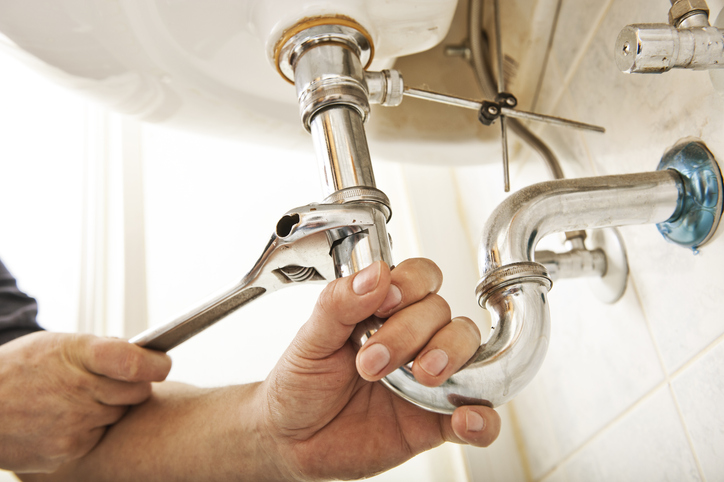
Cost Savings with Proper HVAC and Plumbing Systems in Winter
December 9, 2024


